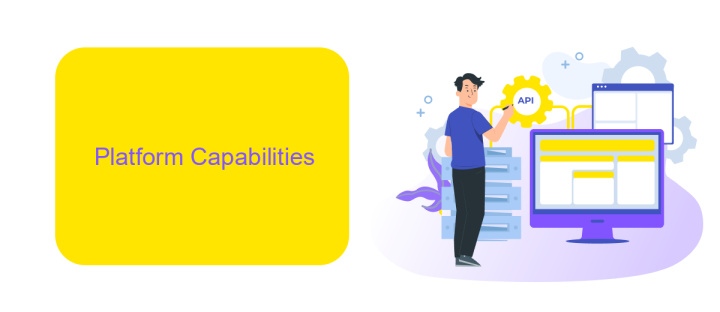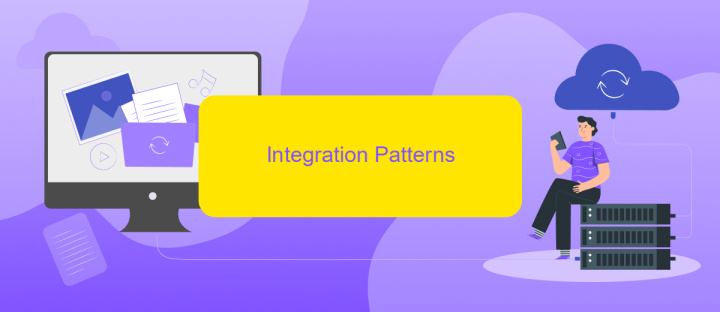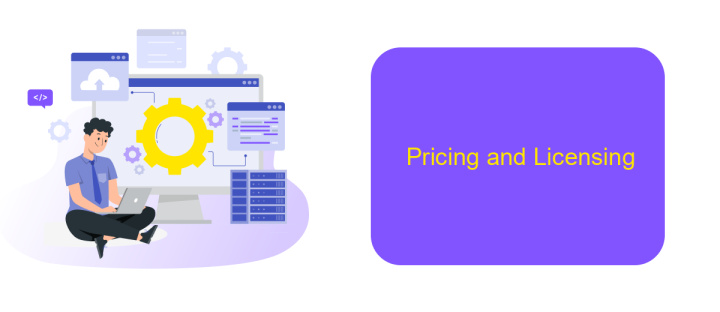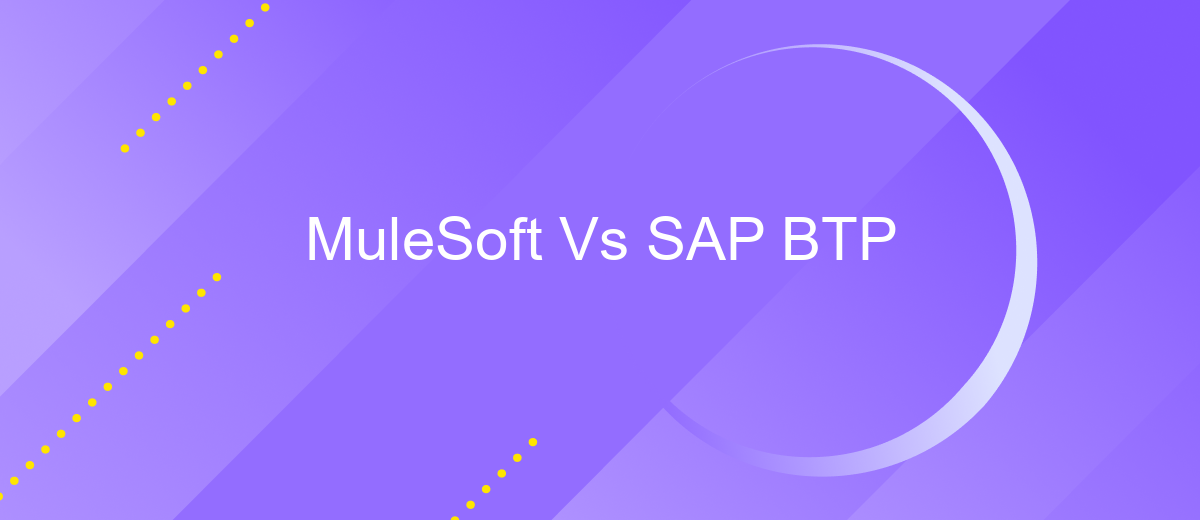MuleSoft Vs SAP BTP
In the evolving landscape of enterprise integration and digital transformation, choosing the right platform is crucial. This article delves into a comparative analysis of MuleSoft and SAP Business Technology Platform (BTP), examining their features, capabilities, and how they cater to diverse business needs. Whether you're aiming for seamless connectivity or robust data management, understanding these platforms will guide you to an informed decision.
Introduction
In today's rapidly evolving digital landscape, businesses are increasingly relying on robust integration platforms to streamline their operations and enhance productivity. Two prominent players in this domain are MuleSoft and SAP Business Technology Platform (BTP). Both offer comprehensive solutions for connecting applications, data, and devices, but they cater to different organizational needs and preferences.
- MuleSoft: Known for its powerful Anypoint Platform, MuleSoft provides extensive API management and integration capabilities.
- SAP BTP: Offers a suite of tools and services for building, managing, and deploying applications in the cloud, with a strong focus on SAP environments.
Choosing the right platform depends on various factors, such as existing IT infrastructure, specific business requirements, and the level of customization needed. Additionally, services like ApiX-Drive can further simplify the integration process by offering user-friendly tools to automate workflows and connect various software solutions without extensive coding. This article delves into a detailed comparison of MuleSoft and SAP BTP, helping you make an informed decision for your integration needs.
Platform Capabilities

MuleSoft offers a comprehensive platform for building and managing APIs and integrations. It provides tools for API design, development, and deployment, enabling seamless connectivity between various systems and applications. MuleSoft's Anypoint Platform includes a rich set of features such as API management, data integration, and real-time analytics, which help organizations streamline their integration processes and improve operational efficiency.
SAP BTP (Business Technology Platform) focuses on providing a unified environment for application development, data management, and analytics. It supports a wide range of services, including database management, AI, and machine learning, which can be leveraged to create intelligent business applications. Additionally, SAP BTP offers robust integration capabilities, allowing businesses to connect SAP and non-SAP systems effortlessly. For instance, using services like ApiX-Drive can further enhance integration by automating data transfers and synchronizations between different software applications, simplifying the overall integration landscape.
Integration Patterns

When comparing integration patterns between MuleSoft and SAP BTP, it's essential to understand their distinct approaches to connecting diverse systems. Both platforms offer robust frameworks, but their methodologies cater to different business needs and technical environments.
- MuleSoft employs an API-led connectivity approach, which focuses on creating reusable APIs that serve as building blocks for integration. This method ensures flexibility and scalability.
- SAP BTP leverages pre-built integration content and connectors, streamlining the process of connecting SAP and non-SAP systems. This approach is ideal for businesses heavily invested in the SAP ecosystem.
- For those seeking an alternative solution, ApiX-Drive offers a user-friendly platform for automating integrations without extensive coding. It supports a wide range of applications and services, providing a practical option for quick and efficient integrations.
In conclusion, while MuleSoft and SAP BTP provide comprehensive integration solutions, the choice between them depends on your organization's specific requirements and existing infrastructure. Additionally, services like ApiX-Drive can complement these platforms by offering simplified integration capabilities for various business applications.
Pricing and Licensing

When evaluating MuleSoft and SAP BTP, understanding their pricing and licensing models is crucial. MuleSoft offers a subscription-based pricing model, which is tiered based on the number of APIs, the volume of transactions, and additional features. This allows businesses to scale their usage as needed, but costs can quickly escalate with increased demand.
SAP BTP, on the other hand, provides a more modular approach to pricing. Users can choose from various service plans and only pay for what they use. This pay-as-you-go model can be more cost-effective for businesses with fluctuating needs or smaller integration requirements.
- MuleSoft: Subscription-based, tiered pricing
- SAP BTP: Modular, pay-as-you-go pricing
- Both offer enterprise-level support and SLAs
For businesses looking to simplify integration setup and management, services like ApiX-Drive can be invaluable. ApiX-Drive offers a straightforward, cost-effective solution for connecting various applications, making it an excellent complement to both MuleSoft and SAP BTP's offerings. This can help organizations optimize their integration strategies while keeping costs manageable.
Conclusion
In conclusion, both MuleSoft and SAP BTP offer robust solutions for integrating various applications and services within an enterprise environment. MuleSoft shines with its extensive library of pre-built connectors and its strong focus on API-led connectivity, making it an excellent choice for organizations looking to streamline their integration processes. On the other hand, SAP BTP excels with its deep integration into the SAP ecosystem, providing seamless connectivity for SAP applications and services, which is invaluable for businesses heavily invested in SAP technologies.
For organizations seeking to enhance their integration capabilities further, leveraging tools like ApiX-Drive can be highly beneficial. ApiX-Drive simplifies the process of connecting different applications and automating workflows, reducing the complexity and time required for integration projects. Whether you choose MuleSoft, SAP BTP, or a combination of both, incorporating a service like ApiX-Drive can ensure smoother and more efficient integration, ultimately driving greater operational efficiency and business agility.
FAQ
What is MuleSoft?
What is SAP BTP?
How do MuleSoft and SAP BTP differ in their integration capabilities?
Which platform is better for cloud-based integrations?
Are there any third-party services that can help with automating and setting up integrations?
Routine tasks take a lot of time from employees? Do they burn out, do not have enough working day for the main duties and important things? Do you understand that the only way out of this situation in modern realities is automation? Try Apix-Drive for free and make sure that the online connector in 5 minutes of setting up integration will remove a significant part of the routine from your life and free up time for you and your employees.

